Cyclist
The climbs that will decide the 2024 Tour de France
We all know that the mountains are the main attraction at the Tour de France. The peaks of the Alps and Pyrenees tend to decide the state of play in the fight for the yellow jersey.
Alpe d’Huez, Mont Ventoux and the Col du Tourmalet are among the most famous names in the Tour de France’s illustrious list of iconic climbs. However, each year the organisers try to spice things up by discovering new places and revisiting old favourites. Don’t worry, the Tourmalet is on the agenda this year and Alpe d’Huez will host the Tour de Frances Femmes’ finale.
So which are the most crucial climbs for this year’s fight for yellow? We’ve checked the route for what we think will be the key moments in the race.
Col du Galibier: Stage 4, Tuesday 2nd July

The climbing starts immediately this year, and the first substantial Alpine climbs arrive as early as Stage 4. It goes straight in at the deep end too, beginning with the Col du Galibier.
The 23km climb averages a gradient of 5.1%, with the first 14km less challenging, averaging around 4%, before it then ramps upward into 8 and 9% kickers in the final 5km. The peak of the Galibier towers at 2,642m above sea level, which would usually make it the highest point of the race, but this year’s route is exceptional and that honour goes to the Cime de la Bonnette, which we’ll get to later.
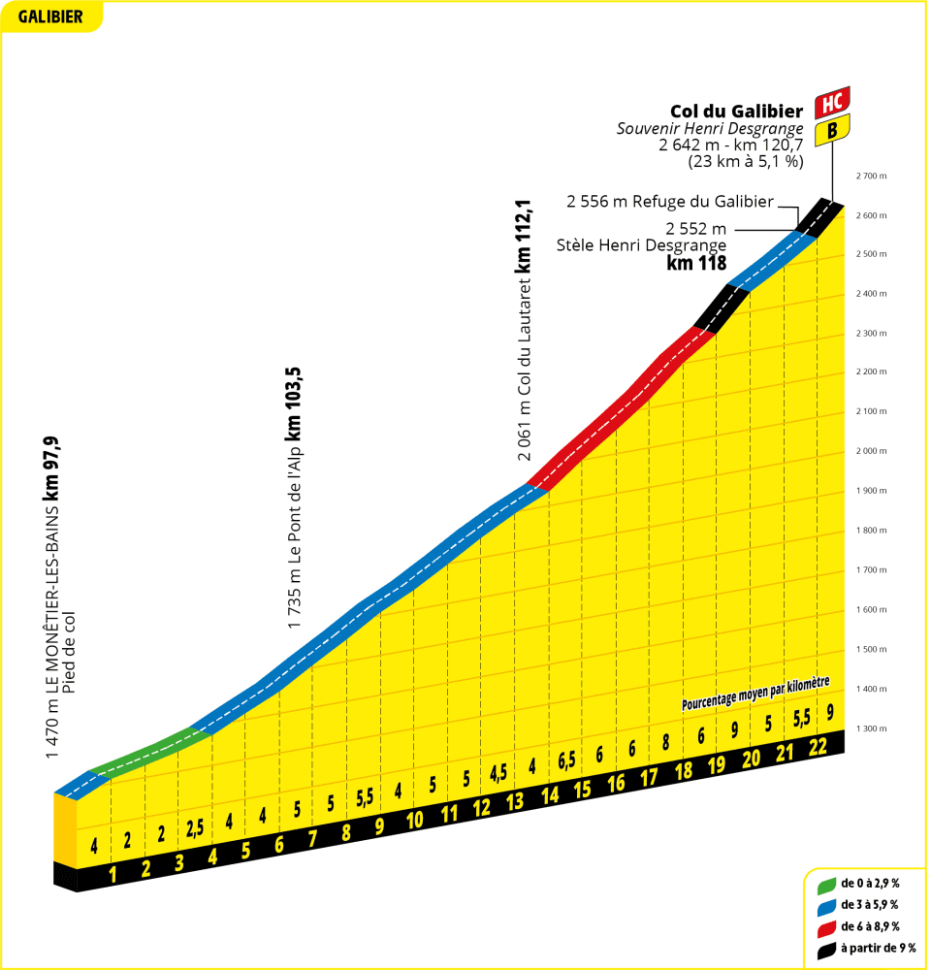
The Galibier holds legendary status in the long history of the Tour de France, having first been climbed in the 1911 edition of the race. These days, the first rider over the Galibier wins the Henri Desgrange prize, named after the Tour’s founder, whose monument sits near the summit. In 2024, there will also be bonus seconds on offer at the summit of the climb.
Stage 4 doesn’t finish at the summit of the Galibier. Instead, the riders will descend down to Valloire, a town where Nairo Quintana took a stage win back at the 2019 Tour de France. Cue Tom Pidcock?
- Read our Col du Galibier Classic Climb
Pla d’Adet: Stage 14, Saturday 13th July
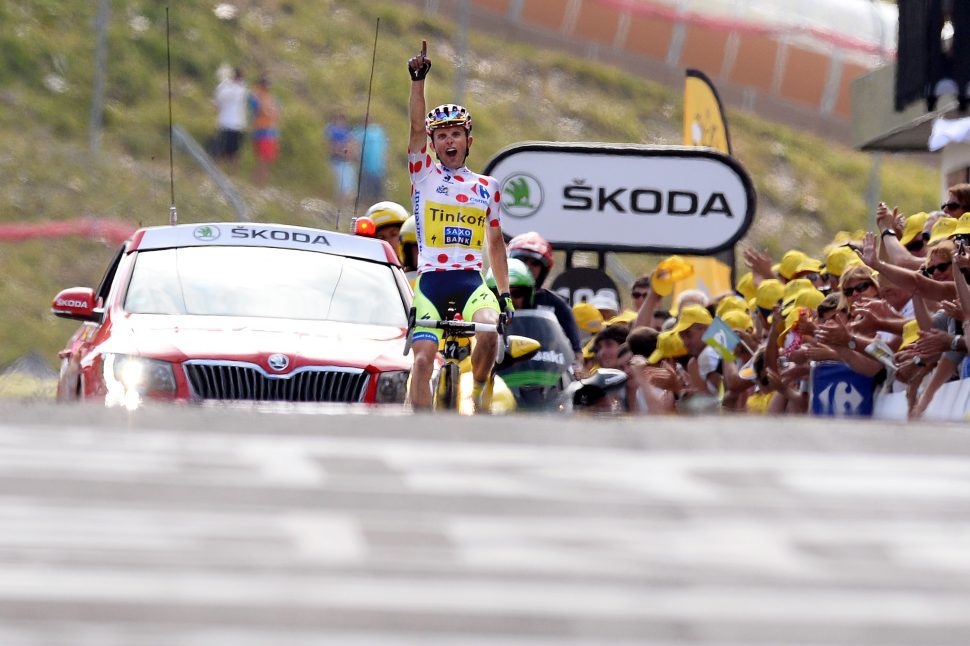
Pla d’Adet is a paint-by-numbers Pyrenean climb. It’s short, steep and exposed to heat. It’s the kind of place that could see a major breakup in the GC fight, especially at the end of a relatively straight-forward second week.
The opening 3km are in excess of 10% in gradient. The slopes level out somewhat when the race passes through Saint-Lary-Soulan ski station before kicking up one final time to the finish.
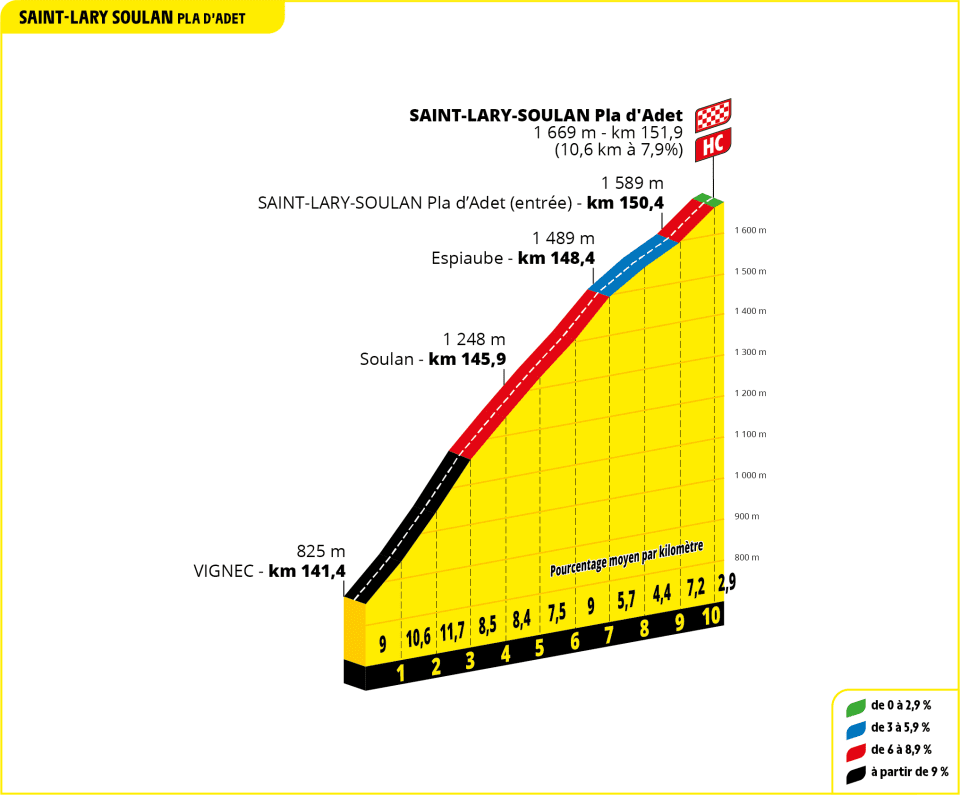
On a day bumped up by the Col du Tourmalet earlier on, the Pla d’Adet will stand as a pivotal Pyrenean test in this year’s Tour. The climb will also serve as the first hors-catégorie (HC) summit finish at the 2024 Tour de France.
A Tour de France stage came here a decade ago. Back in 2014, Rafał Majka took the stage honours dressed head to toe in polka dots as the leader of the mountains classification. This year will be the seventh time the Tour has included the Pla d’Adet.
Plateau de Beille: Stage 15, Sunday 14th July
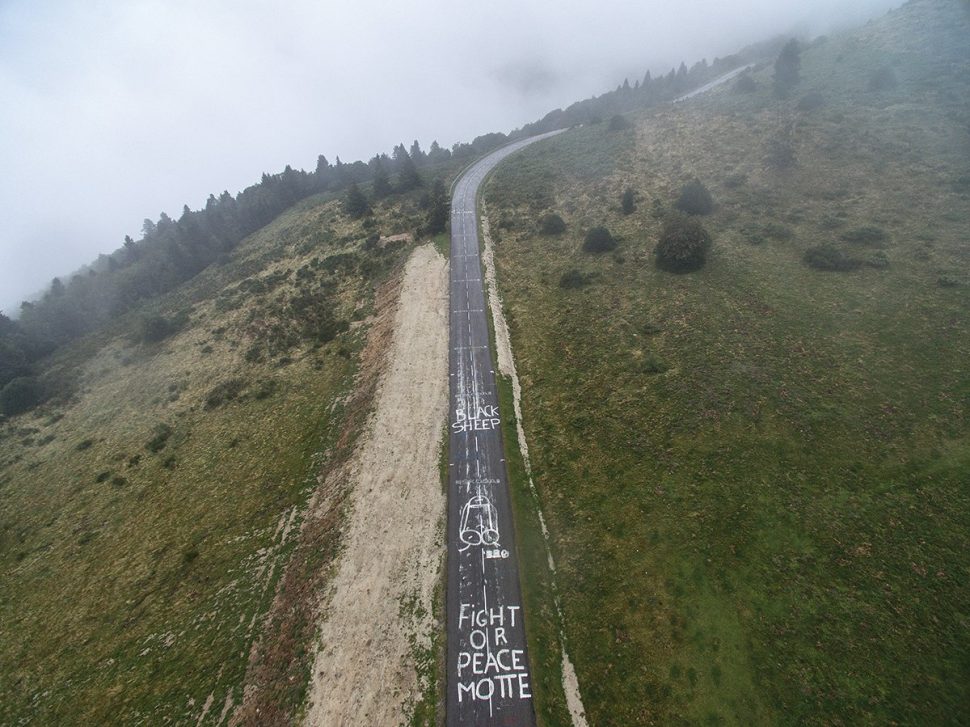
The Tour de France returns to the unsung Pyrenean summit of Plateau de Beille on Stage 15. The closing climb of week two comes on Bastille Day, France’s national day, on a route packed with climbing.
Plateau de Beille is a 15.8km climb with an average gradient of 7.9%. Its most testing slopes come 5km after the climb begins in the valley town of Cabannes. From there it steps down to 7 and 8% until the final kilometres where it becomes slightly easier.
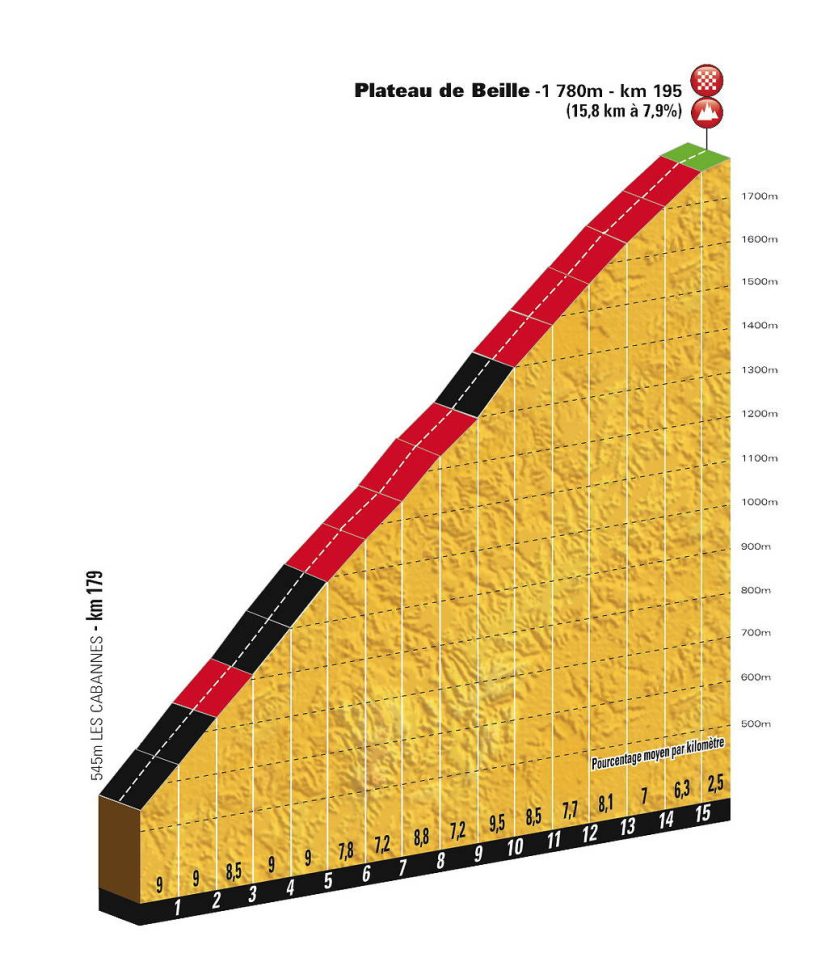
The Plateau de Beille held a summit finish on a rainy day in 2015. On that occasion, crowd pleaser Joaquim Rodríguez took stage honours. The climb has also proved to be a fortune-teller for the GC. A big 66% of stage winners on the climb have gone on to win the Tour de France that year and in 2007, Alberto Contador took his first Tour de France stage win on the climb.
- Read our Plateau de Beille Classic Climb
Cime de la Bonette: Stage 19, Friday 19th July
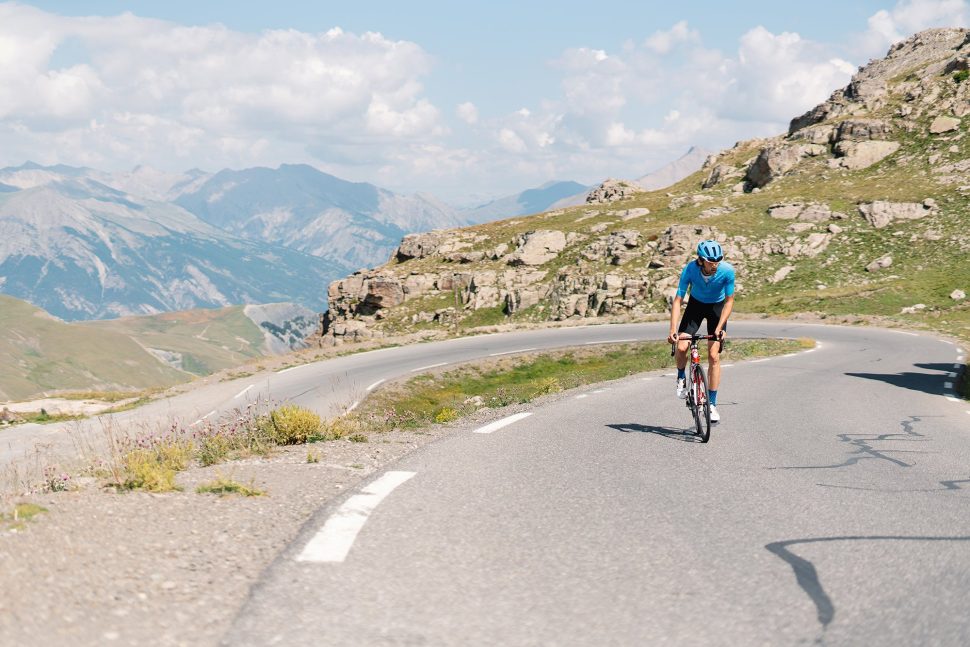
The tallest road in France, and the highest point to ever be taken on the roads of the Tour de France, the Cime de la Bonette returns to the Tour de France in 2024.
The Bonette rarely appears in the Tour. In fact, this is only the fifth time that Europe’s third-highest road (asterisks needed) is included in the Grande Boucle. The last occasion was almost 20 years ago in 2008, so a return to the Bonette is long overdue.

The Cime de la Bonette lasts for 22.9km at an average gradient of 6.9%. It’s relentless with long sections at over 8% and its toughest slopes going over 10% in the final kilometres as the riders move closer to the ceiling of Europe.
It goes without saying that the Bonette will be a test in both length and altitude. It will also be the highest point in the Tour de France this year.
Given the rarity of its appearance, relish the Bonette this year.
- Read our Cime de la Bonette Classic Climb
Isola 2000: Stage 19, Friday 19th July

Isola sits on the border between France and Italy, but nudged on the French side of the frontier. The Tour has visited Isola on a couple of occasions, but it’s no cornerstone Alp. Isola 2000, however, is the highest mountain resort in the Southern Alps and hosts an abundance of ski runs and winter sports.
Coming at the end of a brutal day of 4,400m of altitude gain, the climb to Isola 2000 is 16.1km long at a 7.1% average gradient, which makes it Category 1. It starts with a bang at 10% and stays around there for the whole first half. It reduces in difficulty for the back half but the test continues all the way to the summit with an 8% kicker to the line to finish it off.
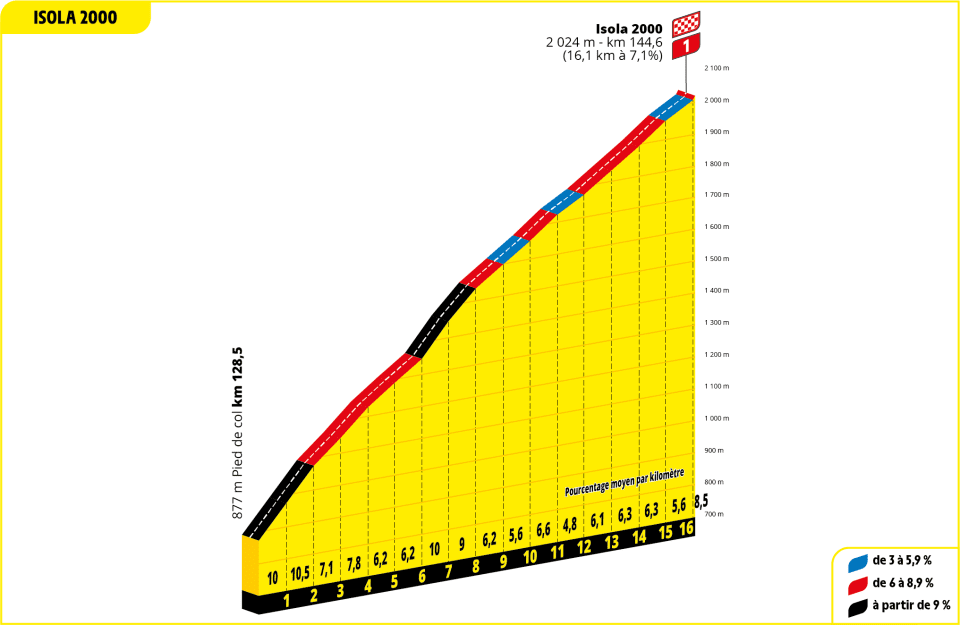
Tadej Pogačar will have been on an altitude camp in Isola 2000 for 19 days in the run-up to the 2024 Tour, so he may have the edge with his local knowledge. Arkéa and Cofidis have also used Isola as a base for training in recent years, so place your Guillaume Martin bets.
Col de la Couillole: Stage 20, Saturday 20th July
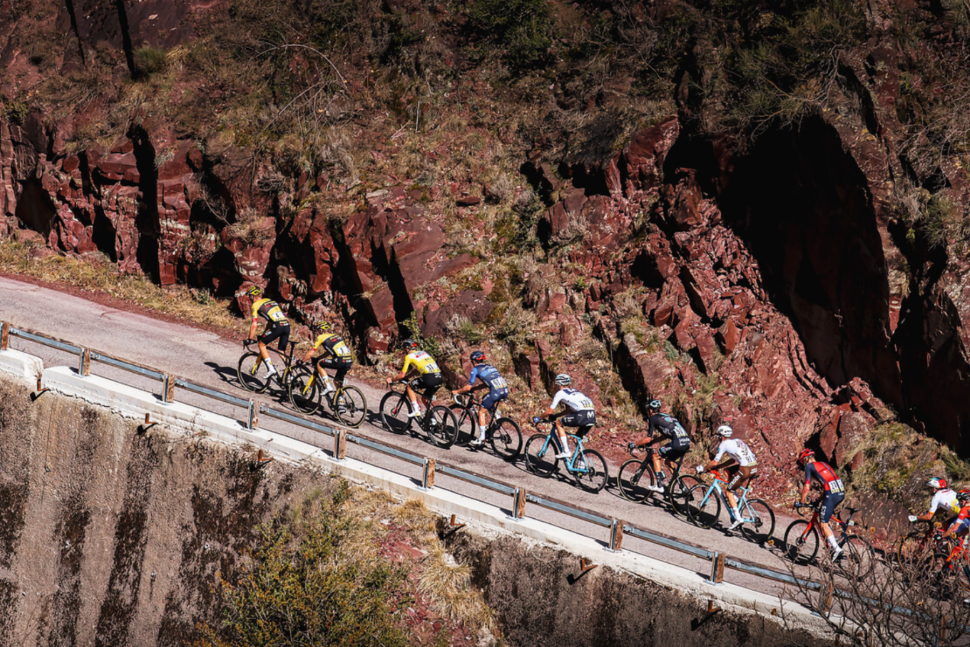
The final road stage of the 2024 Tour de France sees the riders tackle 4,600m of altitude gain over iconic Maritime Alps including the Col de Turini, Colmiane and finally the Col de la Couillole.
The Col de la Couillole is consistent in gradient with a 7.1% average over its 15.km. It’s not the craziest climb at the Tour but its last-chance saloon status more than warrants its inclusion. We are bound to witness some riders chase last-minute glory here if they want to salvage anything ahead of Stage 21’s individual time-trial around Nice.
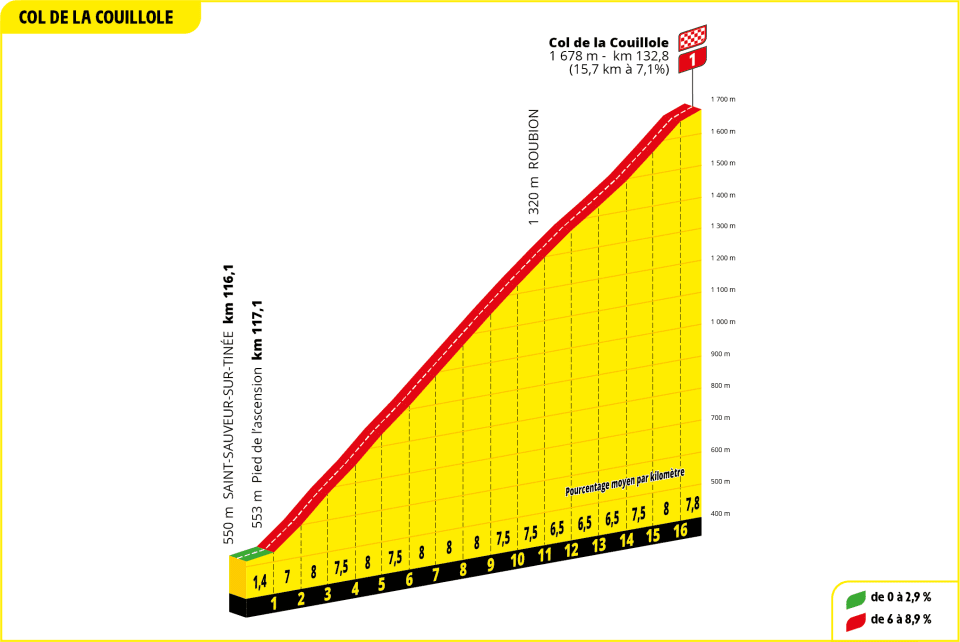
This year will be the Couillole’s Tour de France stage finish debut but the Couillole featured in Paris-Nice in 2023, when Tadej Pogačar took the crown ahead of David Gaudu and Jonas Vingegaard.
La Turbie: Stage 21, Sunday 21st July
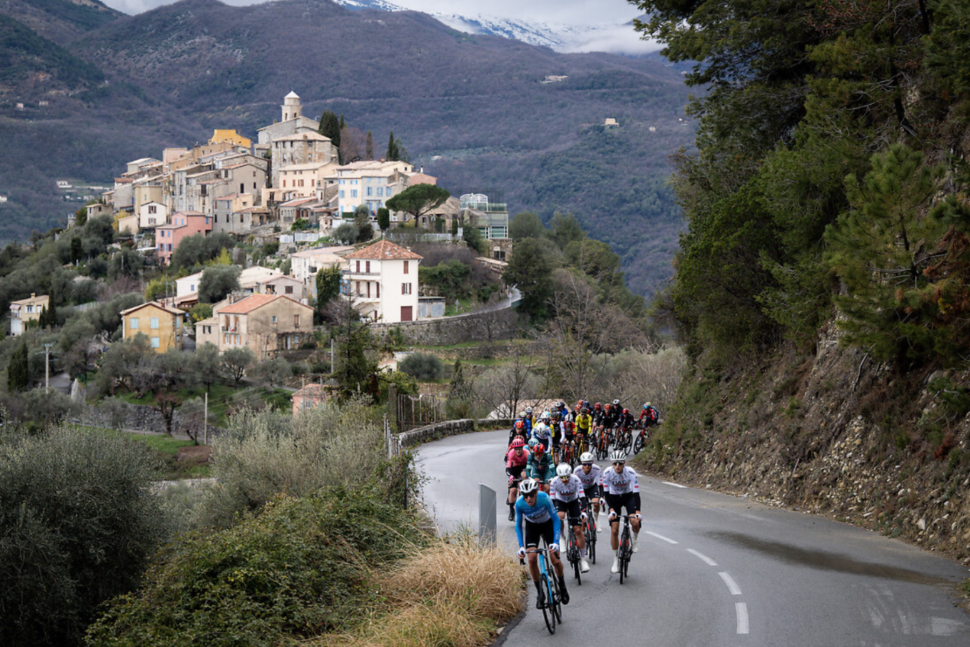
La Turbie may seem like a minnow on paper. The ascent is only 8km long and the gradient is manageable at 5.7%. However, it comes at a crucial point in the Tour as the only categorised climb in the final time-trial into Nice.
Talk of bike changes and aero adjustments will be on full blast ahead of the Turbie’s Tour cameo. The climb’s position almost straight out of the blocks from Monaco paired with the long descent from the Col d’Èze adds an extra element to the tactics in this final showdown against the clock.
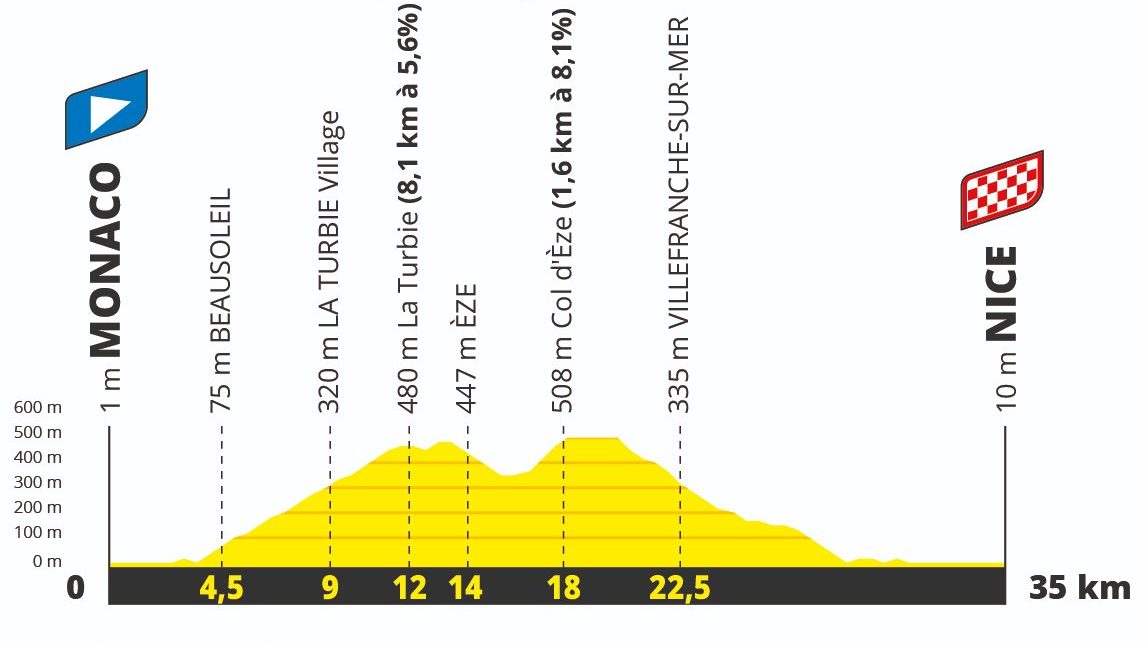
Many cyclists, including Pogačar, will know the route well and will probably be able to see their Monaco houses from the summit.
From 1968 to 1995, the final time-trial of Paris-Nice took place on the climb to La Turbie. The area took on a new place in the cultural psyche at the time as Grace Kelly, former Princess of Monaco, died in a car crash off the Avenue du Cap d’Ail, another road down from La Turbie to the coast.
Keep up to date with all the Tour news in our Tour de France hub. You can also preview the stages in full with our race guide.
The post The climbs that will decide the 2024 Tour de France appeared first on Cyclist.
















